The highly respected Romanticism artists of the 18th and 19th century are listed in full within this article which examines the highlights of Romanticism art.
European art history from the early Renaissance up to the present day has been a procession of influential art movements which has allowed techniques and ideas to slowly evolve over time. Romanticism was an important part of that, and helped to bridge the traditional art forms with the expressive methods that we enjoy today.
The most famous Romanticism artists have become household names, and this article picks out the leading figures of the Romanticism movement, whilst providing an introduction to their work, with examples of their most famous paintings, drawings and sculptures.
Introduction to Romanticism Art
Romanticism was a multi-discipline movement which occurred from around the late 18th century up to the 19th century. It would include the visual arts and literature and spread across Europe, making a particularly significant impact in the UK, France and Germany.
In terms of the visual arts, it brought about a number of landscape painters who incorporated emotion and atmosphere into their paintings, but it also spread into other genres too. Freedom of expression and the celebration of nature were two of the themes which ran throughout Romanticism art.
List of Famous Romanticism Artists
Considering the spread of Romanticism, there are hundreds of artists that could have been included within this list, spreading way beyond the UK, France and Germany into Spain, Scandinavia, Russia and many more besides. In order to make this list of Romanticism painters as concise as possible, we have limited it to below twenty.
This movement retains a huge popularity today, ranking alongside the famous Impressionist and Renaissance artists who came either side of the Romanticism era. They would influence each other and ultimately lead to the abstract styles that appeared in the 20th century.
Eugène Delacroix
Liberty Leading the People, displayed below, can be considered perhaps the most famous Romanticism painting in history. Its creator, Eugene Delacroix, was the leader of the Romanticist movement, or at least from the French perspective. Delacroix produced a large plethora of paintings that relied on movement, expression and color.
Delacroix captured a number of historical scenes within his paintings, some of which were painted onto large canvases. He also travelled to North Africa for an extended period which brought alternative content into his oeuvre. He remains one of the most influential and significant artists in French art history.
 Liberty Leading the People by Eugene Delacroix
Liberty Leading the People by Eugene Delacroix
 The Women of Algiers by Eugene Delacroix
The Women of Algiers by Eugene Delacroix
Théodore Géricault
Théodore Géricault came earlier than Delacroix, and had a large impact on his younger colleague. Gericault covered issues around mental health in some of his unique portraits, and also tackled historical scenes in his larger pieces. He would use dark palettes which set a mood which suited the Romanticism era perfectly.
As something of a niche, he was also highly skilled in horse painting, having studied these elegant animals for a number of years. He remains another fine addition to the success of the French Romanticist era and can be considered a significant historical figure.
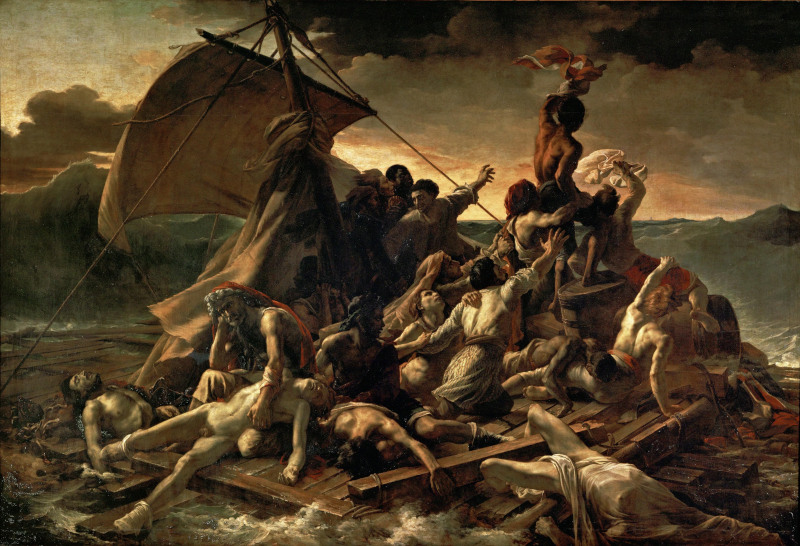 The Raft of the Medusa by Theodore Gericault
The Raft of the Medusa by Theodore Gericault
 Insane Woman by Theodore Gericault
Insane Woman by Theodore Gericault
Caspar David Friedrich
Caspar David Friedrich, with the likes of Wanderer above the Sea of Fog, helped to combine landscape painting with the ideals of the Romanticism movement. Emotion and devotion to nature would shine through in his work, and his large canvases would excite and amaze his audience in Germany.
Friedrich would often produce dark, thoughtful scenes, where shade and shadow would dominate. Many aspects of life, such as rotting, decaying trees, would appear when other artists had never considered painting them. He created a particular atmosphere in his work which had a magical element to it, and would be hard to replicate successfully.
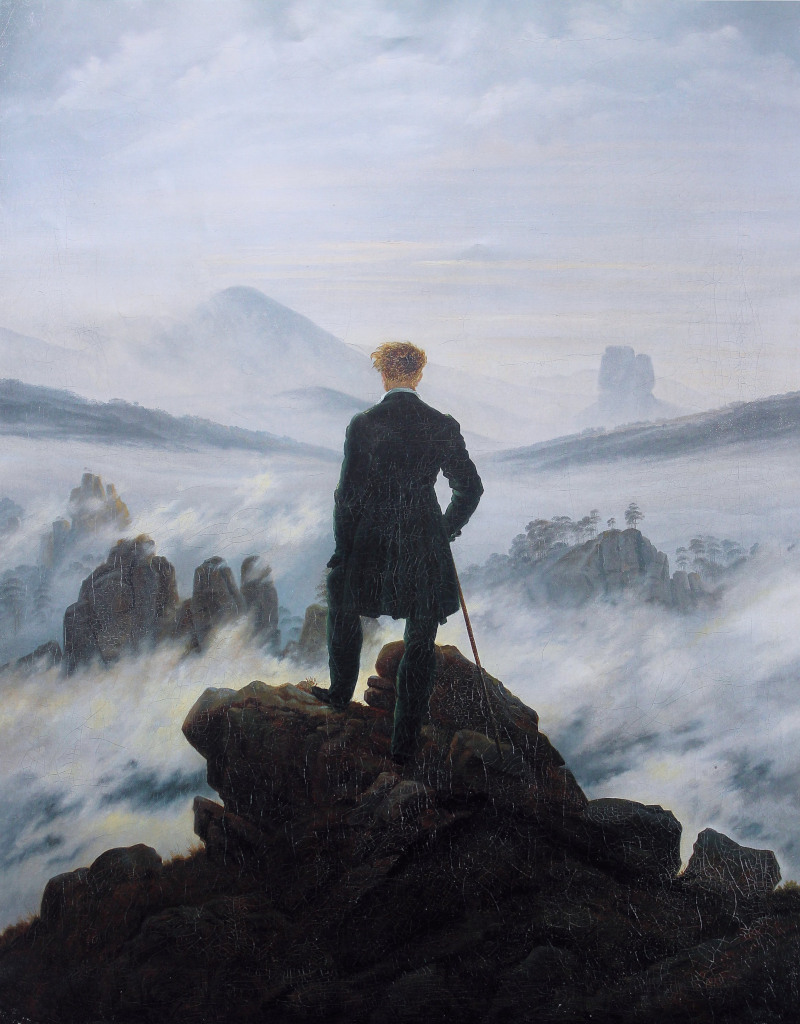 Wanderer above the Sea of Fog by Caspar David Friedrich
Wanderer above the Sea of Fog by Caspar David Friedrich
 The Abbey in the Oakwood by Caspar David Friedrich
The Abbey in the Oakwood by Caspar David Friedrich
William Blake
William Blake was an extraordinarily gifted artist and poet who remains one of the most famous British figures in history. Many of his poems are deep in the British pysche, whilst his illustrations provide an important addition to the Romanticism movement. He was known to have a dream-like mind, and would access it for artistic inspiration.
His artistic style regularly featured darker palettes, as with many artists featured in this list, but his precise technique brought out some beautiful details in his figurative works. Blake was from a religious background and cared much for humanity, hoping to instill some of his beliefs into his work, both poetry and the visual arts.
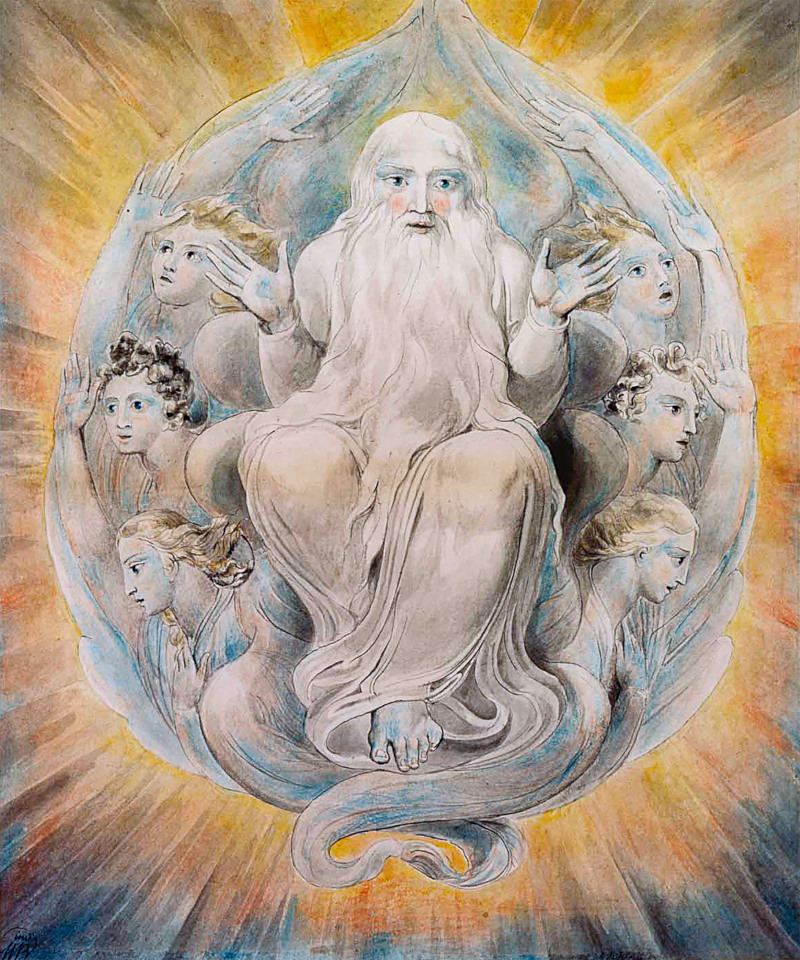 God Blessing the Seventh Day by William Blake
God Blessing the Seventh Day by William Blake
Francisco Goya
Francisco Goya is one of the most famous Spanish artists of all time and his style delivered shocking imagery which resembled nightmare-ish imagery. He initially worked in a Rococo manner, but seem more suited to these moody, darker palettes, which also brought about his black paintings, which were painted onto the plastered wall of his own home.
Goya was also a respected portrait painter and was regularly tasked with painting a number of high ranking individuals. He seemed to prefer the flexibility of his own work, but the portraits brought in funds that covered his living expenses.
 Clothed Maja by Francisco Goya
Clothed Maja by Francisco Goya
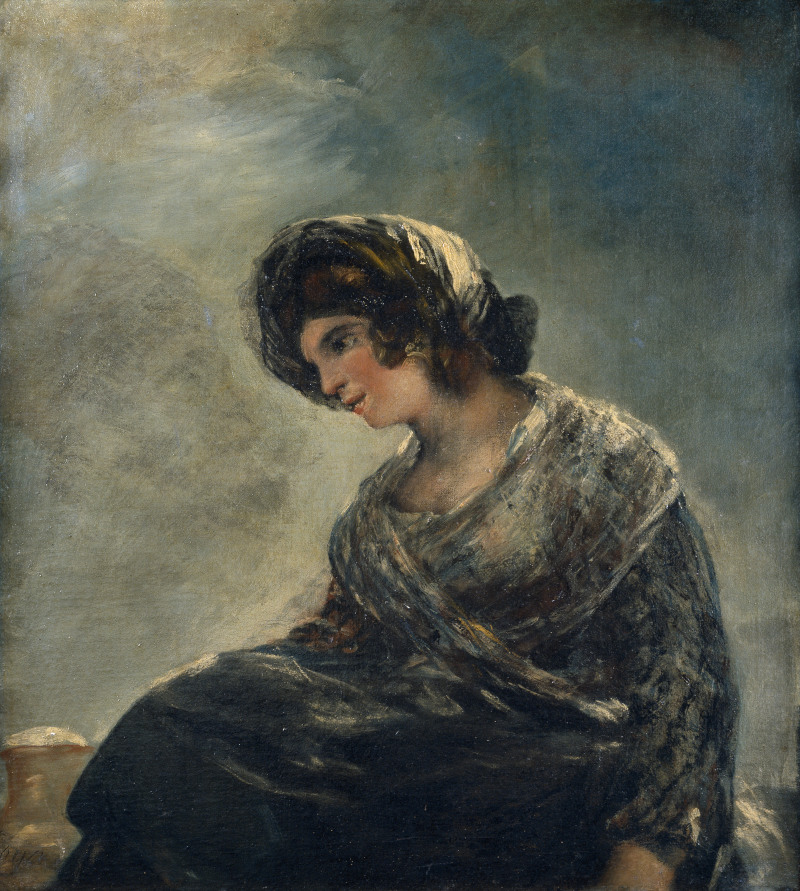 The Milkmaid of Bordeaux by Francisco Goya
The Milkmaid of Bordeaux by Francisco Goya
Joseph Mallord William Turner
JMW Turner is one of the most gifted landscape painters in history, and brought about a Romanticist style which helped his work to stand out. His expressive manner reduced detail and focused on emotion, as he connected his soul with the perils of British weather.
In order to vary his content, Turner also travelled abroad, most notably Venice, where a series of watercolor paintings added another aspect to his oeuvre. Turner is today highly regarded within the UK, and seen as one of its greatest artists.
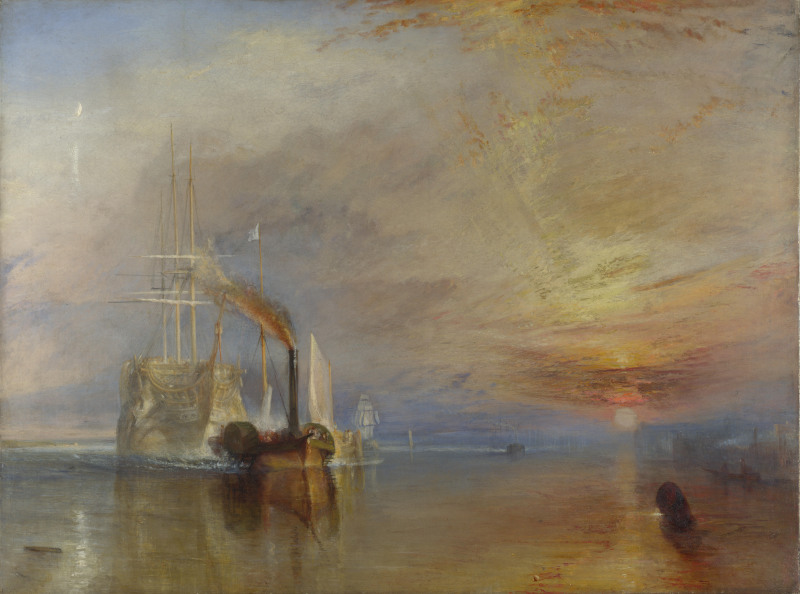 The Fighting Temeraire by JMW Turner
The Fighting Temeraire by JMW Turner
John Constable
John Constable brought the beauty of the East Anglian landscape to the attention of British art lovers. He covered his local area, depicting its green fields, mills and rivers to perfectly capture traditional life in England. His work proved popular with French collectors who were intrigued by this region and his work would influence a number of French painters who followed on in the years that followed.
Constable kept a highly consistent approach throughout his career, making his paintings instantly recognisable as his own, even though there were so many other British landscape painters at around this time. He is often mentioned with Turner as a leading light in British Romanticism, particularly within the landscape painting genre.
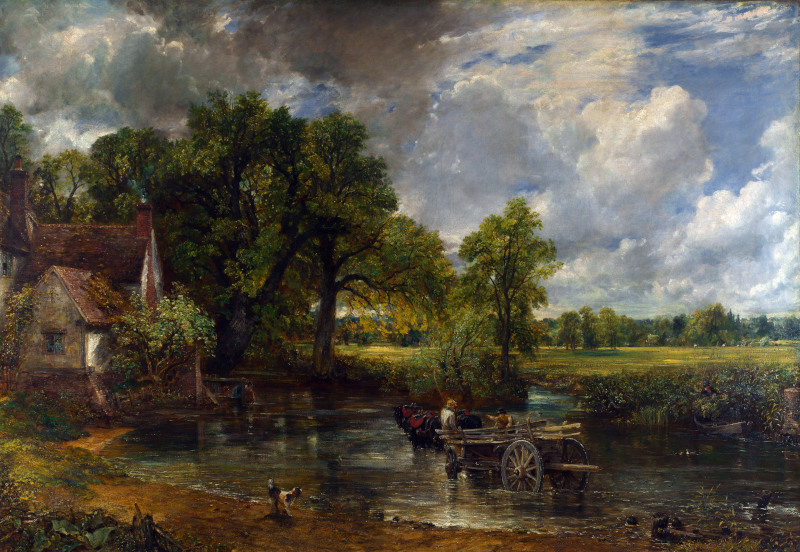 The Hay Wain by John Constable
The Hay Wain by John Constable
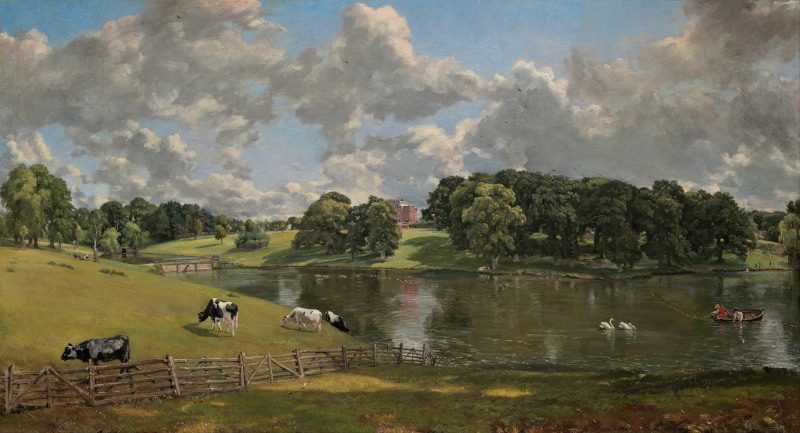 Wivenhoe Park by John Constable
Wivenhoe Park by John Constable
Gustave Doré
Gustave Doré was a highly skilled illustrator and printmaker who decorated a number of significant publications with some stunning drawings. He also built up a strong studio which allowed him to take on a large number of commissions in France and the UK. The titles that he worked on included European literature, religious scripture and also some famous children's stories.
Dore also became an accomplished oil painter, and visited Scotland to capture its stunning surroundings. His impact in printmaking remains the biggest focus of art historians, and many of his illustrations continue to be published in new versions in the present day.
 Little Red Riding Hood by Gustave Dore
Little Red Riding Hood by Gustave Dore
 Landscape in Scotland by Gustave Dore
Landscape in Scotland by Gustave Dore
Henry Fuseli
Henry Fuseli was a Swiss Romanticist painter who achieved much of his success in the UK. Many will find his supernatural content to being reminiscent of the work of William Blake, and he was indeed an influence on the latter. In line with the Romanticist portrait style, his figurative work was dark, with a careful use of light to brighten the main focal points of each work.
Fuesli served as teacher in his later years, and besides his influence on Blake, he also directly taught Constable and Edwin Landseer, which perhaps left as strong an impact as his own artworks. He is not regarded by some as the most prominent of British-based artists, but is still relatively well known.
Philipp Otto Runge
Philipp Otto Runge was a German painter from the late 18th century who was famous for his dramatic use of perspective and unique artworks. His use of color was also of a high level, and he is seen as the leading members of the German Romanticist movement, alongside Friedrich. There were influences from Italian Renaissance art, and he also impressed as a draughtsman.
The artist completed a number of portraits to supplement his income, and avoided being too traditional in style within these as well. Sadly, he passed away in his early thirties, which considerably stunted his impact on European art.
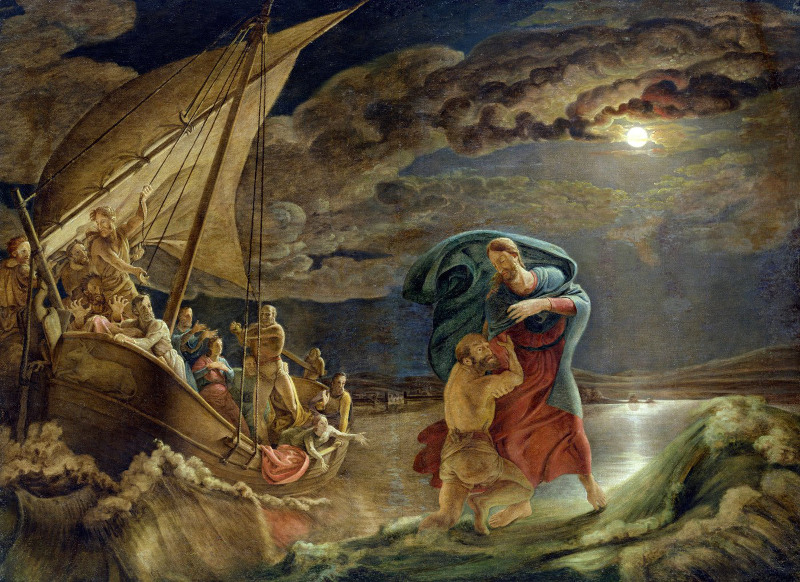 Peter on the Sea by Philipp Otto Runge
Peter on the Sea by Philipp Otto Runge
Joseph Wright of Derby
Joseph Wright of Derby was a respected 18th century artist from England who specialised in portraiture and landscape painting. He is best remembered for his dramatic lighting which is best seen in his signature artwork, An Experiment on a Bird in the Air Pump. Similarities can be drawn with the likes of Caravaggio or Rembrandt in that regard, but his overall approach is of the Romanticist movement.
Joseph Wright is often forgotten within British art history, but efforts have been made recently to celebrate his incredible career, and the highlights of his oeuvre. A catalogue raisonne has also recently collated much of his work together for the first time.
 An Experiment on a Bird in the Air Pump by Joseph Wright of Derby
An Experiment on a Bird in the Air Pump by Joseph Wright of Derby
Ivan Aivazovsky
Ivan Aivazovsky was a 19th century Russian/Ukranian painter who specialised in marine subjects. Few artists have addressed the sea as much as this one, and he handled this content with a clear use of Romanticist techniques. We would use dramatic lighting and lively waves to capture our attention, but he also showed elements of Realism within his work too.
His work was unique, combining influences from western and East European art to forge a stunning set of paintings across his career. This was a rich period in Russian art, with many Realism artists also achieving success across the 19th century.
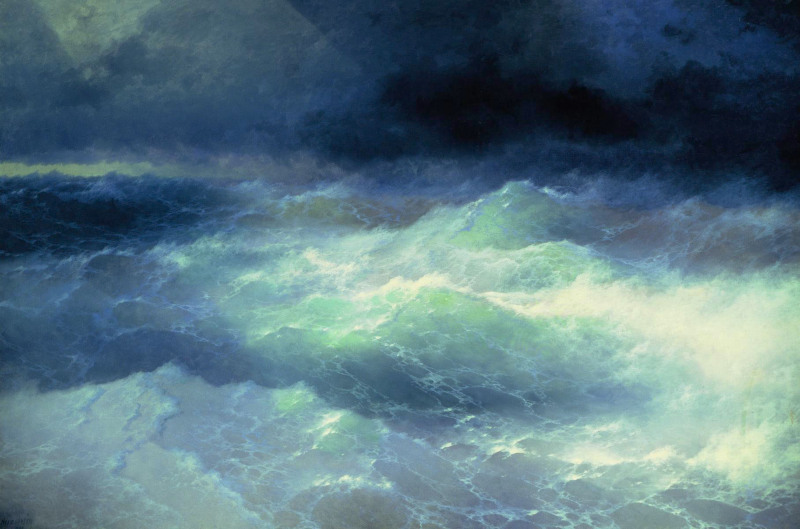 Among the Waves by Ivan Aivazovsky
Among the Waves by Ivan Aivazovsky
John Martin
John Martin was a highly skilled British painter from the 19th century who specialised in large, breathtaking landscape paintings which entirely connected with the mood of the Romanticism era. In a similar manner to Turner, his detail would be combined with swirling conditions that produced dream-like imagery.
Whilst John Martin is not regarded as the most famous of British painters, his role within the Romanticism movement was significant, and his style was ideally suited to its qualities. With so many impressive works to his name, there may yet be a revival in his legacy in the coming years.
 The Destruction of Pompei and Herculaneum by John Martin
The Destruction of Pompei and Herculaneum by John Martin
Thomas Lawrence
Thomas Lawrence was a English portrait painter born in the city of Bristol. He starred in the 18th and 19th century, and became one of many successful portrait painters found across the UK during this period. He was highly skilled, but also allowed a greater expression and mood to be added to his work than some of his other, more rigid colleagues.
His reputation afforded him some major commissions, which led to the likes of the Duke of Wellington appearing in his oeuvre, as shown below. Considerable amounts of money could be made by specialising in this genre at that time, with many wealthy British figures lining up to have their portraits painted.
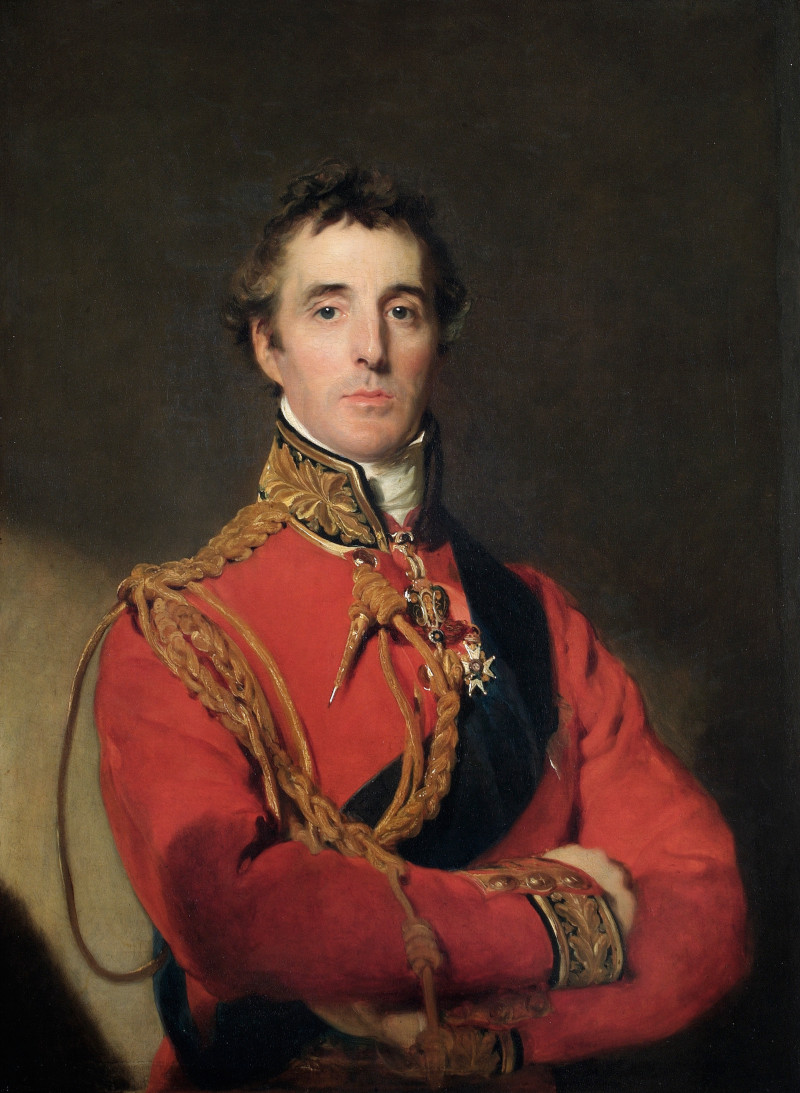 The Duke of Wellington by Thomas Lawrence
The Duke of Wellington by Thomas Lawrence
Francesco Hayez
Francesco Hayez was an Italian Romanticist artist from the 19th century who achieved success in Venice and Milan. In appearing later than many other members of the movement, his artistic style is noticeably more modern, but he still is regarded as a Romanticist painter. Hayez produced a great number of portraits, and allowed much more light into his scenes than was the case with other artists featured in this list.
He also took on grand historical paintings and political allegories, with his oeuvre being considered relatively unique within the movement. He may not be the most famous Italian artist, but was significant in being a rare addition to the Romanticist movement, when most famous Italian painters came from the Renaissance and Baroque eras.
 Destruction of Temple of Jerusalem by Francesco Hayez
Destruction of Temple of Jerusalem by Francesco Hayez
The Origins and Evolution of Romanticism Art
The Romanticist art movement appeared as an alternative to the logic and reason of the Enlightenment. Nature and expression were to be encouraged, also flying in the face of the growing Industrial Revolution. Landscape art would therefore become a major genre within the movement, as artists attempted to remind us all of the merits of the countryside.
In order to underline the role of humanity within the world, and to provide some perspective, artists like Friedrich would portray small figures looking over vast landscapes, to remind us as to who is truly in power. Previously, we would have a similar approach in which God's role would be promoted instead.
As the western world moved towards mass production, artists could rarely follow this lead. Individuality, creativity and expression would be lost in that cause, and so the Romanticism movement would aim to offer an alternative vision. Besides this, there were also other aspects to the movement, with some connecting to the supernatural, with dreams and nightmares, as with Fuesli, Goya and Blake. Indeed, the latter was often just reflecting his own wild dreams which had led others to consider him mentally ill.
Finally, nationalism would also play a part in Romanticism, celebrating the qualities of countries such as the UK, France and Germany. Perhaps, Patriotism would be a better term for this, as there was a positivity to this celebration, which is not always the case today.
Exploring the Themes in Romanticism Artworks
There were several themes which ran consistently throughout Romanticism art, including awe inspiring nature, individualism, spirituality, imagination, nostalgia and social commentary. No single artist would cover all of these within their work, but most would match several at a time. Blake would cover spirituality and social commentary, whilst Friedrich would concentate on nature, for example.
These can be considered the core themes, but artists were allowed to express them in any way they liked, and ultimately that would include the visual arts and literature. Over time, the two would influence and inspire each other, and so the movement would continue to grow, taking in new regions across Europe and into North America.
Techniques and Styles of Romanticism Artists
There were certain techniques and styles which persisted throughout the Romanticist movement. Expressive brushwork and dramatic lighting were common in the landscape scenes, best exemplified by the work of Turner. They would also regularly use particularly large canvases into which an extraordinary amount of detail could be added - these large canvases also helped to surround the viewer, in a similar way to how Rothko produced his paintings in the 20th century.
Color would also be significant in creating the right mood within each work. Many were dimly lit with dark tones dominating, whilst brighter, warmer colors could be used to represent summer and sprint scenes, as well as an abundance of light and health.
Romanticism Art Movements and Subgenres
There were many subgenres that can be connected to Romanticism, but are not necessarily a part of it. The Hudson River School, for example, offers many similarities, as did the later Pre-Raphaelites. German and English Romanticism represent two major contributions, whilst the French painters are harder to categorise. Whilst we have Delacroix and Gericault, there are also others who are sometimes termed as Realism Romanticists, who were not part of the movement but did cross over into it, including Millet and Courbet.
There was also Orientalism which captured cultures outside Europe though its connection to Romanticism is a loose association, partly led by Delacroix's oeuvre. Many instead connect it to Academic art, and so, again, it is more of a cross over rather than directly a subgenre of Romanticism.
How Romanticism Artists Captured Nature's Majesty
The Romanticist artists captured the beauty of nature through a variety of techniques. Firstly, you will see from the likes of Turner that he was able to portray the varying conditions, including, rain, snow, wind and mist. He would allow his scenes to become engulfed in the weather, rather than just focusing on the location. This would later inspire the Impressionists.
Additionally, huge canvases would be used so that precise detail could be added. Sometimes, human figures and animals would be added to the near foreground, but appear tiny in comparison to the mountains and forests that lay elsewhere in the painting. The relative sizing helped to remind us of the size and majesty of nature itself.
They would also moved beyond just mountain ranges, capturing other elements of nature including rivers, lakes, valleys and anything else that they came across within the many regions that they visited. The Hudson River School took many of these ideas and applied them to the North American landscape, achieving considerable success themselves.
Romanticism Artists: Their Impact on Literature and Music
Writers such as William Wordsworth, Johann Wolfgang von Goethe and Lord Byron as well as musical composers such as Ludwig van Beethoven and Franz Schubert would instill the same ideas found in the visual arts into their own creations. It seemed that these ideas could easily be passed between artistic disciplines, and this made it easier for Romanticism to spread between different European regions.
William Blake showed how this could be achieved even just within his own career, as he mastered poetry, illustration and painting to a very high standard. His success across multiple disciplines enabled him to become known as one of the most famous Britons of all time, stretching his legacy deep into the nation's culture.
Exploring the Romanticism Aesthetic: Colors, Textures, and Atmospheres
Brisk, long brushstrokes helped to create atmosphere within their paintings. Colors then generated the season, and texture would then be delivered with a careful consideration of specific elements like water, tree bark, flowers and more. One could imagine being within the scene themselves, but without the photo realistic techniques found in Academic art.
Ivan Aivazovsky was a master of the sea, and was highly unusual in being aboe to produce effective artworks just of a few waves, with little or no context of the surrounding environment. Besides the seasons, artists might also produce sunset paintings in which they would have to work quickly to capture the specific light effects found in a short period of the day.
Famous Paintings by Romanticism Artists
Find below a list of the ten more famous Romanticism paintings, from a selection of the artists included in this article.
- Fighting Temeraire by William Turner
- Liberty Leading the People by Eugene Delacroix
- Wanderer above the Sea of Fog by Caspar David Friedrich
- Hay Wain by John Constable
- Bible Illustrations by Gustave Dore
- An Experiment on a Bird in the Air Pump by Joseph Wright of Derby
- Black Paintings by Francisco Goya
- Newton by William Blake
- Among the Waves by Ivan Aivazovsky
- The Duke of Wellington by Thomas Lawrence
Countries involved in Romanticism Art
The Romanticist movement is best remembered within France, Germany and the UK, though its impact also spread into neighbouring nations such as Spain and Italy. The Hudson River School also provides an example of its spread into North America and its overall impact can be said to have altered the course of western art more generally.
Today, most consider Romanticism from an artist perspective, focusing on some of the famous names included in this article, rather than categorising by country. It is important to understand the spread and subgenres, though, which explain how the same ideas appeared in different locations over the spread of around a century.
Romanticism Art Today: Modern Interpretations
There are many modern interpretations of Romanticism themes and styles to be found within the art world. Firstly, social commentary has become a major element in art these days, and continues to grow due to the influence of social media and digital technology.
Additionally, the expressive methods of Romanticist artists continued into Impressionism and Expressionism, and further evolved up to the present day. Abstraction offered the ultimate end point, though digital art has brought even more opportunities to artists. Finally, the protection of the environment is a key concern today, and Romanticists helped to initate this movement all those years aho.
The Legacy of Romanticism Artists in Art History
Those themes mentioned elsewhere which continued to evolve after Romanticism are the biggest legacy of the movement. Many in society are now aware of the beauty and vulnerability of our natural world, and that more needs to be done to protect it. There is also an acceptance of the need to allow artists to express themselves in whichever manner they choose, regardless of the fashions of the day.







